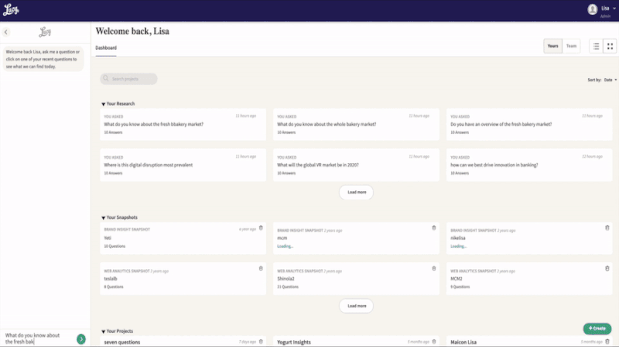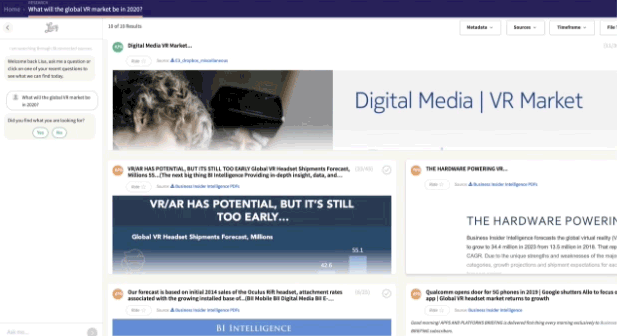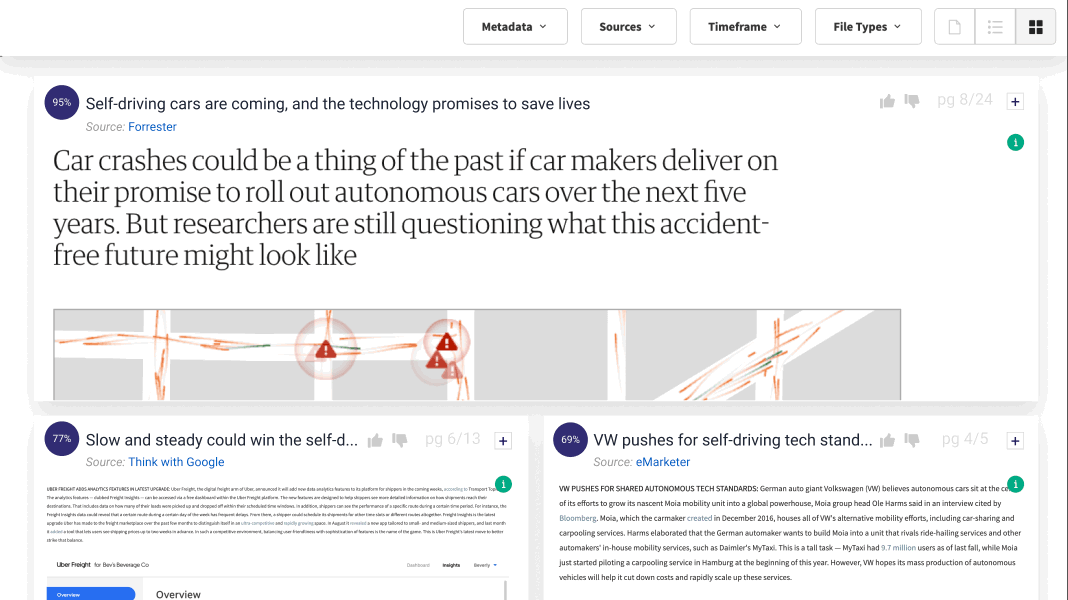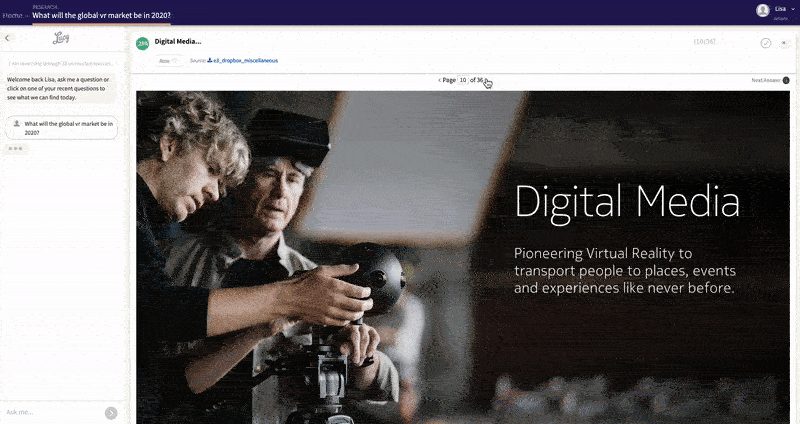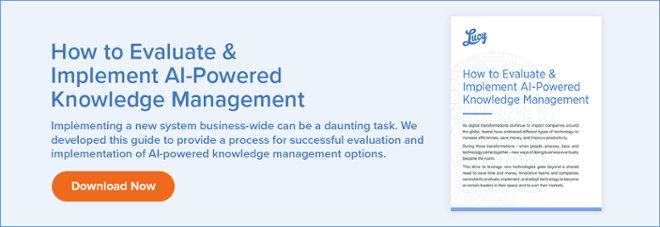Rather than jumping in headfirst at the enterprise level, it is best to identify specific use cases for a pilot program. To ensure a successful implementation, we recommend a “bowling pin” strategy. This involves identifying certain data and groups to solve for, executing on a solution, then rolling out that success to other users and use cases or “pins.” One way to identify a starting use case is to ask your teams about their pain points or challenges while gathering information.
Example Use Cases
Bring More Research In-House
Large companies tend to rely on outside vendors to conduct research. These projects tend to be expensive and are often repeated as different brand teams target the same market and are unaware that outside research was already shopped out and delivered.
It’s easy to see how redundant research happens. A brand gets a new manager who identifies the need for a new marketing plan to reach the brand’s target consumer. The brand manager has no efficient way of investigating whether the previous team had valuable insights that could be re-used, or whether other divisions of the company have run analysis on the same sort of consumer.
They could try asking the Insights Team. Though the Insights professionals are already carrying a heavy workload and have too many demands on their time. They have much more important things to do for the organization than to answer all of the one-off questions across the company.
Plus, there is no humanly way possible to remember every nugget of information ever produced, much less know exactly where each brand team may have stored their assets across company silos.
With no effective way to quickly find answers, they need to start from scratch. The process takes a month and has a sizable budget. A few years later, they move on to another position. Their replacement starts in the same position – with questions that need to be answered, and with no easy way of searching existing company assets for relevant data. So, the cycle of redundant research begins anew.
To choose a team or brand for a pilot implementation, look for early adopters of other technologies who innovate and lead naturally.
Reduce Demand on Subject Matter Experts
When a company relies heavily on subject matter experts, those individuals are often overloaded with one-off requests beyond their regular responsibilities. Regardless of processes put into place to document and train other employees, individuals still reach out to the experts for information on a regular basis. This inhibits their productivity and value to the company. And if they come to a breaking point, some SMEs choose to leave, resulting in turnover issues and lost knowledge. In this use case, the goal is to empower teams to rely less on subject matter experts for one-off requests.
For example, a global CPG company who recently piloted an AI knowledge platform called it “game-changing.” Starting with 10,000 documents that the client did not have to tag or help with beyond providing access to file systems for ingestion, they were able to test the system in just a couple weeks. With little to no training, the AI-based system was already providing specific answers to questions. Not only did the marketers using the system report that they were rapidly finding the answers they were looking for, but they also were uncovering key data they didn’t even know existed.
Does this scenario circumvent the importance of subject matter experts? No. But, it is critical to communicate the benefit of gaining back time to focus on their high-priority responsibilities. Be an advocate for SMEs to gain their buy-in.
Employee Onboarding & Efficiency
Smart companies are looking for cost savings where they can, in every corner of the company. It is a fact of everyday life that Insights departments have to continuously try to do more with the same or less. One strategy is to extract all the possible value they can from the data they already own. Data collected for one reason can be repurposed for another.
While employee onboarding processes have definitely improved over the years, frustrations remain when new employees are shown shared drives with endless amounts of assets they will never find, read, or obtain knowledge from.
Imagine a system where new hires can ask specific questions regarding the task at hand, find answers within training manuals and resources, and move forward with their work without doing redundant research or repeating other activities.
Types of Documents & Unstructured Data
In addition to thinking about different use cases, you may also want to consider which documents and unstructured data in your organization that are hard to deal with and often get lost. It may be beneficial to consider groups of data by type as a use case. The following list is not exhaustive to what is possible; rather, it’s meant to spur ideas to jumpstart your bowling pin strategy for implementation.
|
|
Defining a starting point for a successful implementation is a critical step in the process. Remember to start small with a targeted pilot program and grow adoption through positive use cases around small user groups, individuals with the biggest need, or highly sought after content.
PRO TIP
As you are chatting with vendors, discuss if they have strategies in place to get started with pilot scenarios, as well as support along the way.

